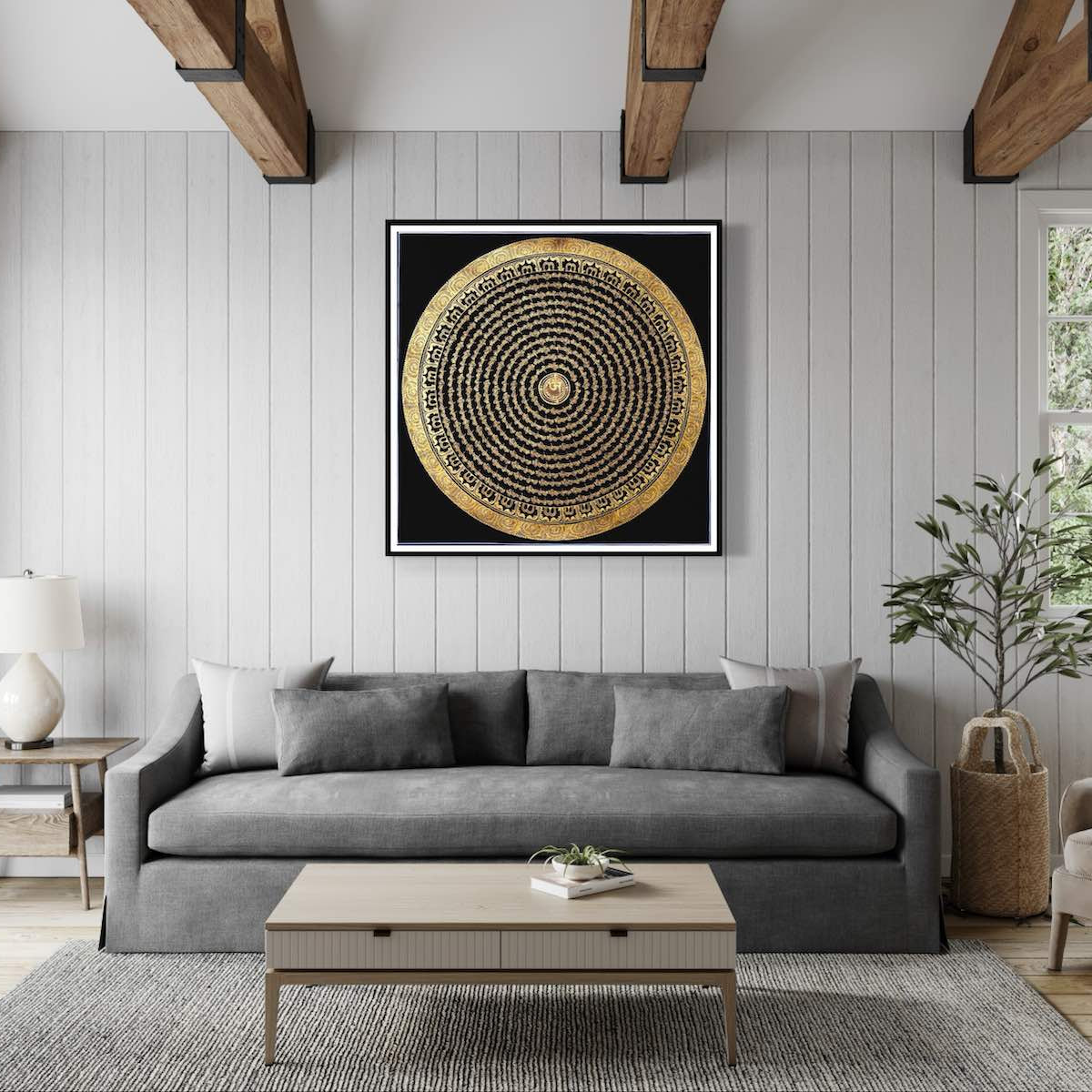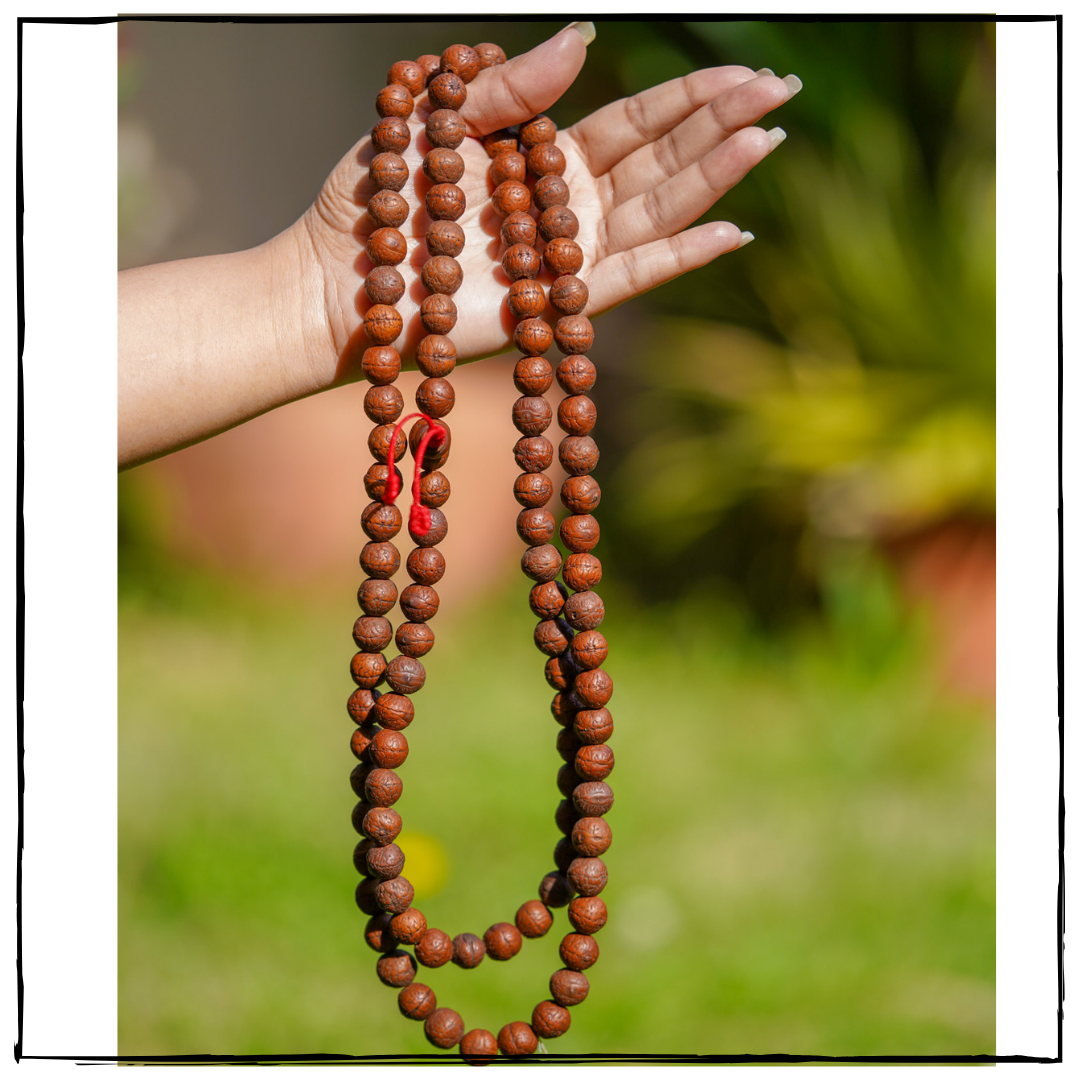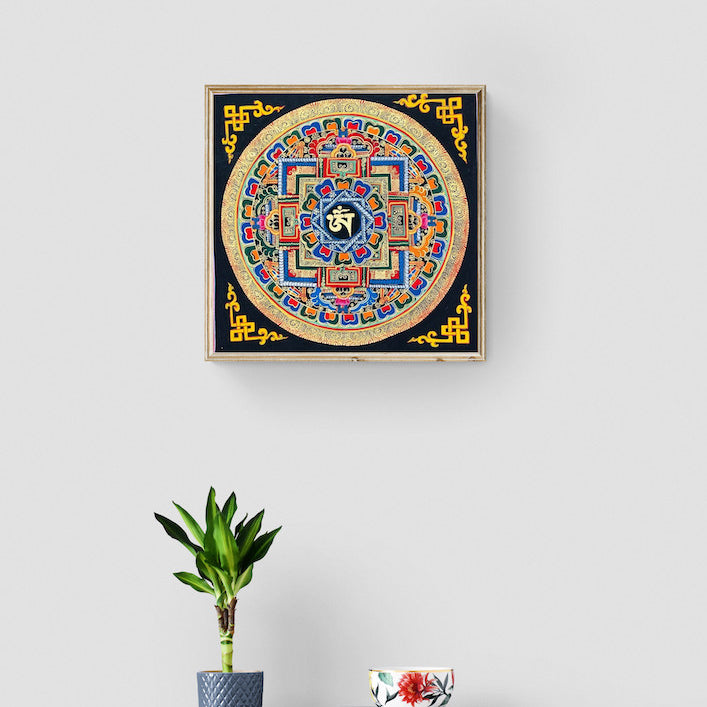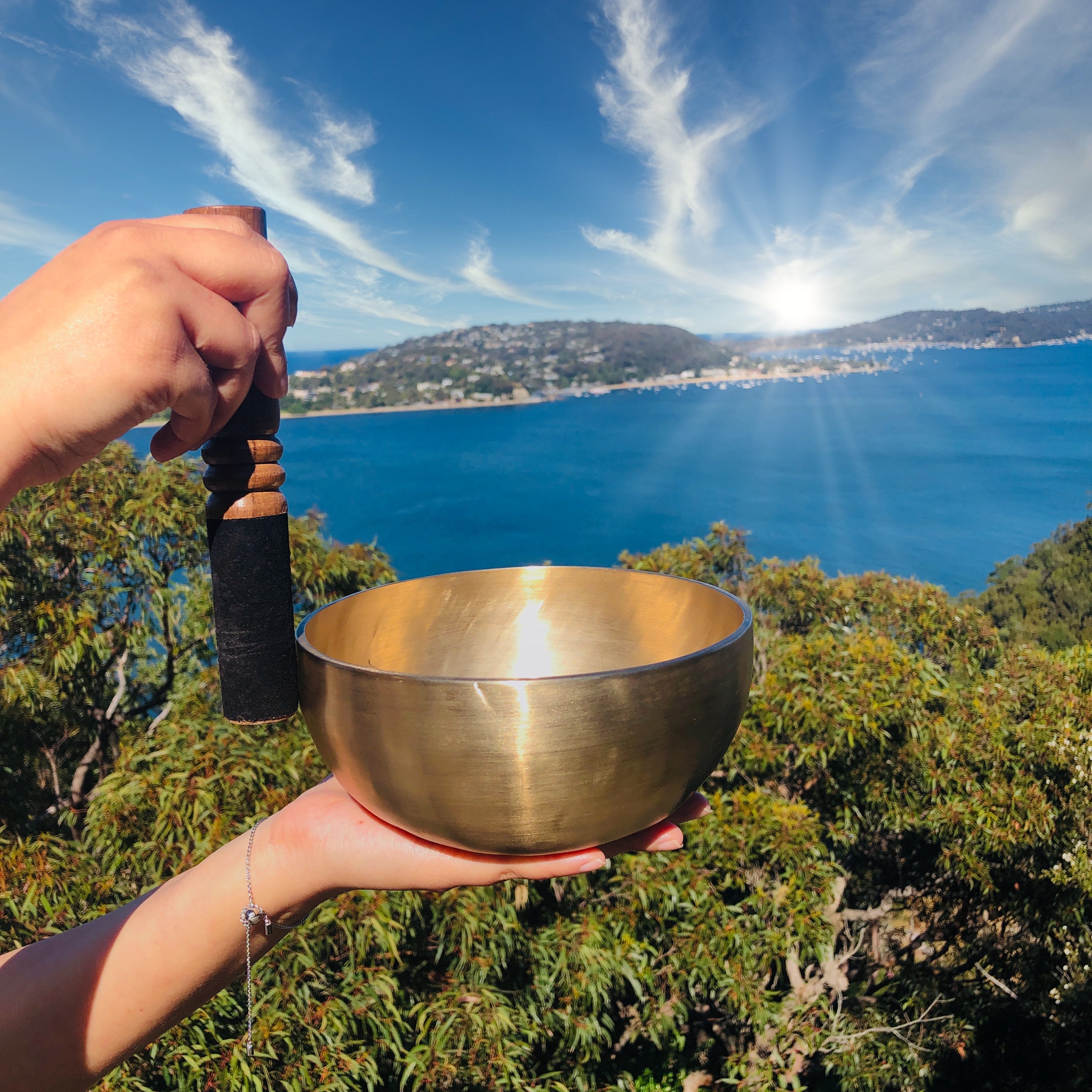Red Guru Thangka Painting
Couldn't load pickup availability
Description
A thangka is a Tibetan painting that is traditionally used as a support for one’s meditation practice. The imagery depicted in Tibetan paintings provides a guide for the elaborate visualizations that one does in Tibetan Buddhist practice. In Tibetan homes and monasteries, thangkas are considered sacred objects and are often placed above shrines.
Specification:
- Hand Painted
- Master Quality Thangka Painting
- Materials: Semi-Precious Natural Minerals, Pure Gold
- Base: Cotton Canvas
- Origination: Nepal
In Tibetan, Guru Padmasambhava is generally referred to as Guru Rinpoche, which means “precious master. Guru Rinpoche is a totally enlightened being, a fully awakened one, a buddha. He did not become enlightened gradually, or start practicing the teachings of Buddha Shakyamuni and eventually achieve enlightenment. Guru Rinpoche incarnated as a fully enlightened being. Through his form, primordial wisdom manifests in the world to benefit all sentient beings. Guru Rinpoche is the archetypal perfect teacher: a role model. In him are to be found all the skills required to guide others. First and foremost, he attains mastery himself and only teaches others that which is perfectly assimilated in his own being, through having gone to the correct source, practiced the teachings assiduously, become a worthy lineage-holder and been empowered as a guru.
Mantra:Om Ah Hum Vajra Guru Padma Siddhi Hum

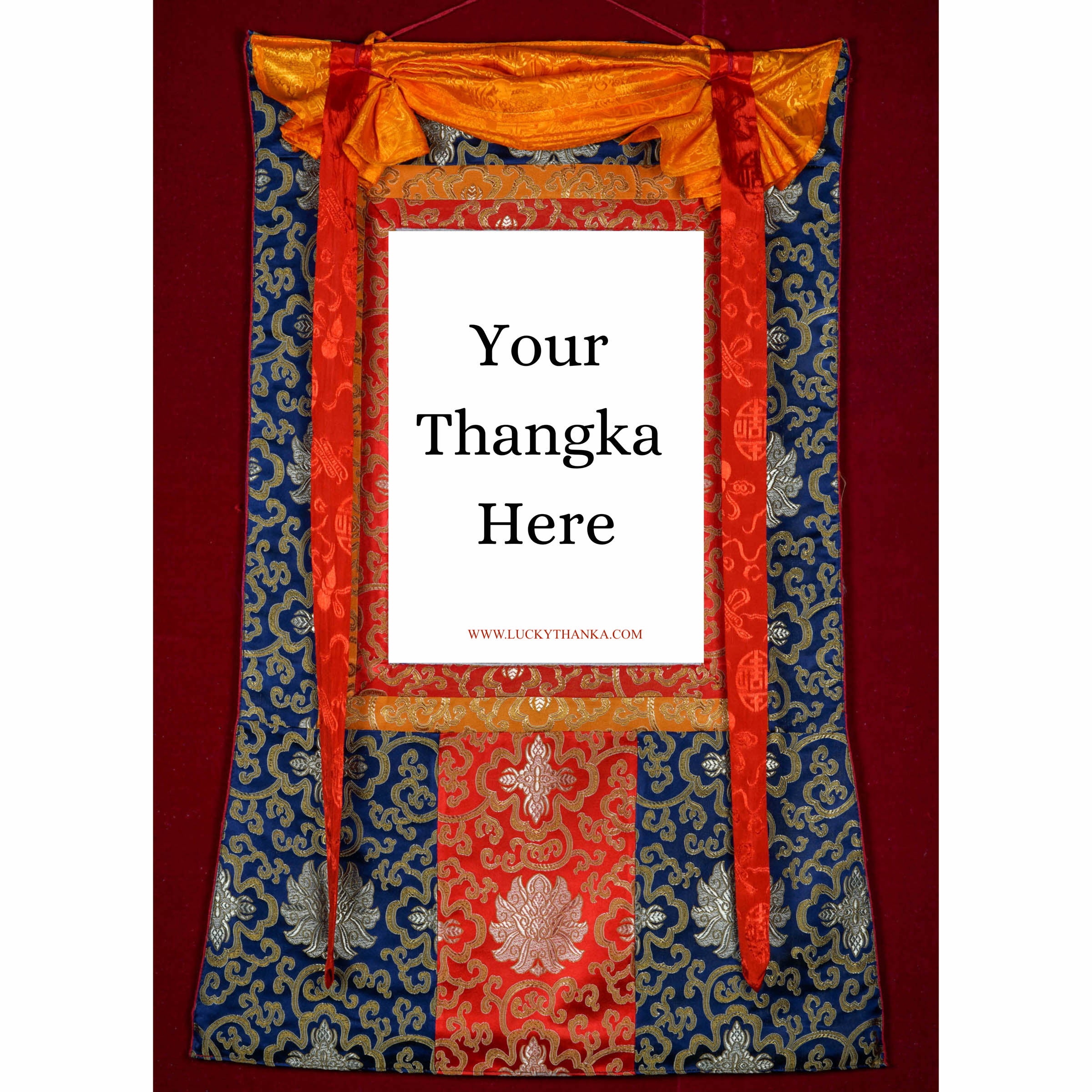
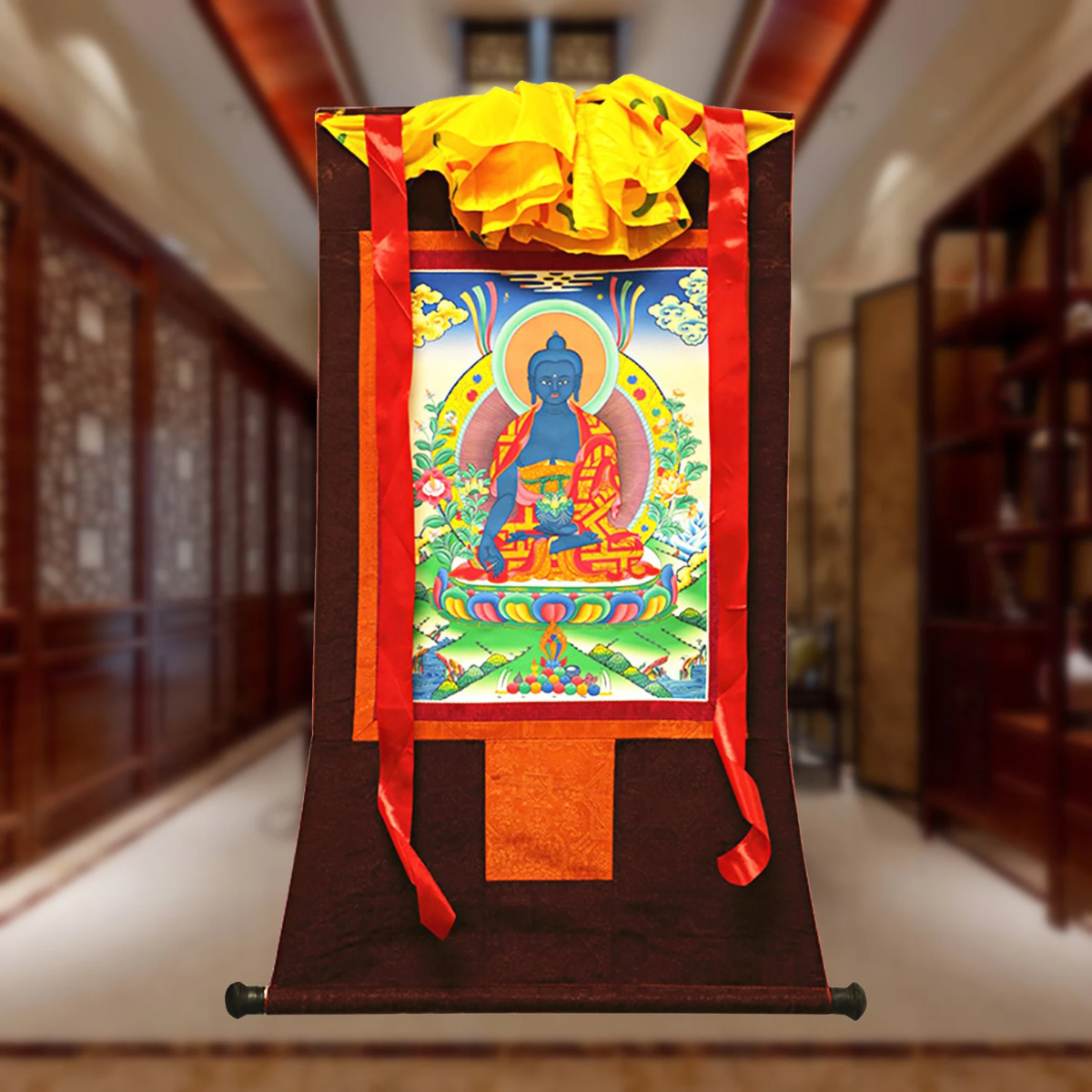
Hand Embroidery Brocade
Want to add a Brocade to your beautiful Thangka Painting? Traditional Style Brocade has been one of the most popular form of mounting as it has a greater religious merit.
Note: Make sure you have added the Thangka to your cart first.
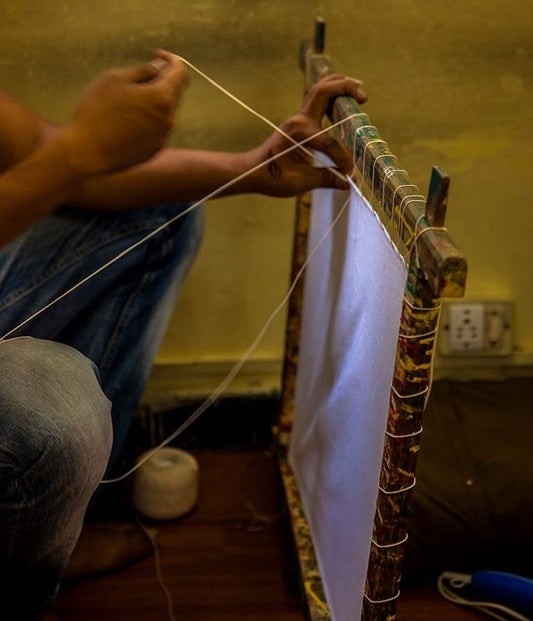
100% Cotton Canvas
Preparing the Cotton canvas before starting to paint a Thangka. This process includes washing, drying, stretching, sizing and everything needed to make a perfect base for the thangka to last for centuries.
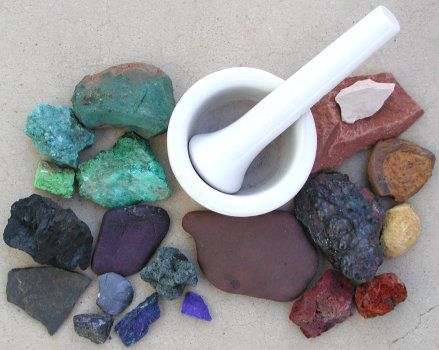
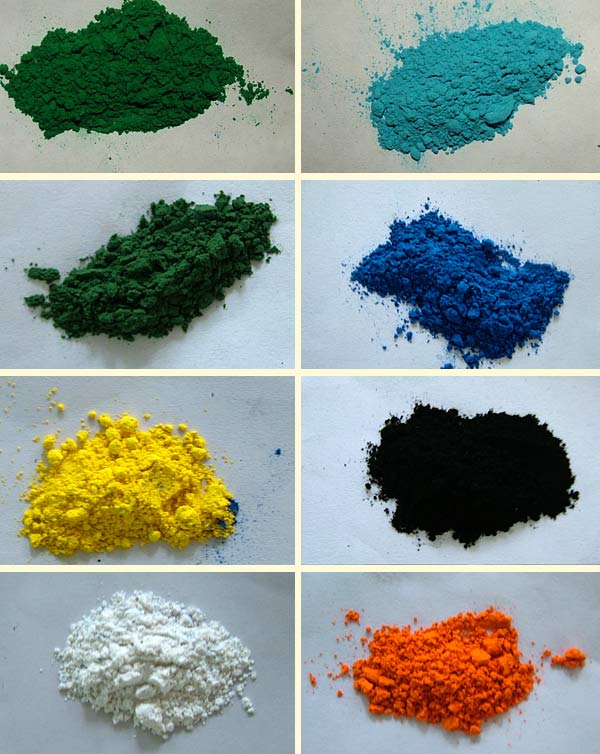
Natural Minerals
Thangka Paintings are painted using the natural minerals. These are firstly grind into the powder form and then used in the thangka as a paint.









